- Home
- entertainment
- news
- 8 major differences between the 'Killers of the Flower Moon' movie and the nonfiction book it's based on
8 major differences between the 'Killers of the Flower Moon' movie and the nonfiction book it's based on
Jason Guerrasio

- Here are some major differences between the acclaimed nonfiction book about the Osage murders and the movie it is based on.
- The book never claims Ernest Burkhart poisoned his wealthy wife Mollie.
In the book, it's unknown until the end who is killing members of the Osage Nation.
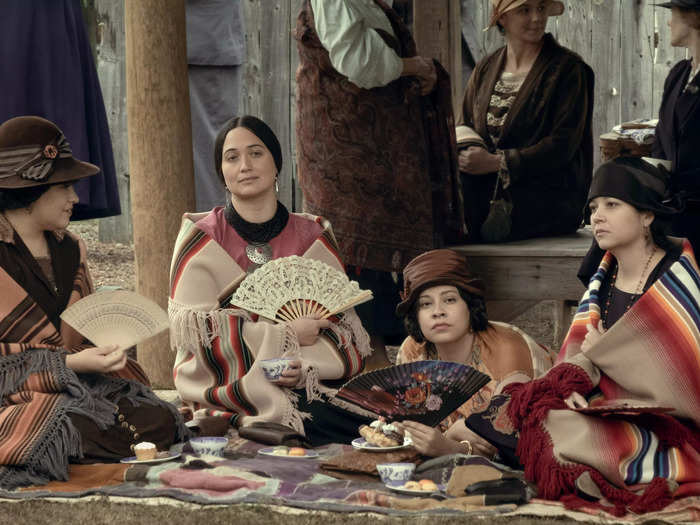
The movie reveals early on how dozens of Osage people are killed: by the greedy white man. Scorsese makes that abundantly clear during an early montage of murders.
In one instance, an Osage woman who is with her baby is shot and killed by a handgun sticking out of a nearby window. Soon after, a white gunman comes out of the house to make sure he's done the job right — and then takes her baby.
However, author David Grann keeps the murderers a mystery through most of the book. He also delays the reveal that the presumed champion of the Osage, white man William Hale (played by Robert De Niro in the movie), is one of the masterminds behind the killings.
The movie's trailers hint heavily at Hale being the villain, and it's confirmed early on in the movie through his conversations with his nephew Ernest Burkhart (Leonardo DiCaprio).
Mollie Burkhart never met Calvin Coolidge or went to Washington D.C., as shown in the movie.
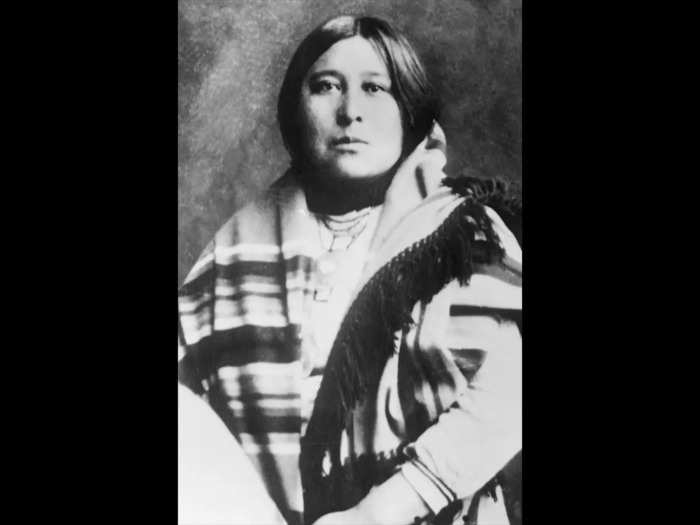
In the movie, a group of Osage people set out to Washington D.C. to bring their plight to President Calvin Coolidge after local law enforcement does very little to investigate the murders.
Mollie Burkhart (played by Lily Gladstone), Ernest's wealthy wife who has already lost one of her sisters, is part of that group. In one scene, Mollie pleads with Coolidge for help.
The meeting between Mollie and Coolidge never happened in the book and the book never states Mollie ever went to D.C.
In the movie, it shows that the Osage people had to finance an investigation of the murders, and that is true. The book notes that the "Osage had been forced to finance part of the federal investigation" with an "amount that would eventually reach $20,000, the equivalent today of nearly $300,000."
It would lead to the first high-profile case J. Edgar Hoover would take on with his newly created branch of law enforcement, the FBI.
The movie's surprising scene where Hale paddles Ernest is not in the book.
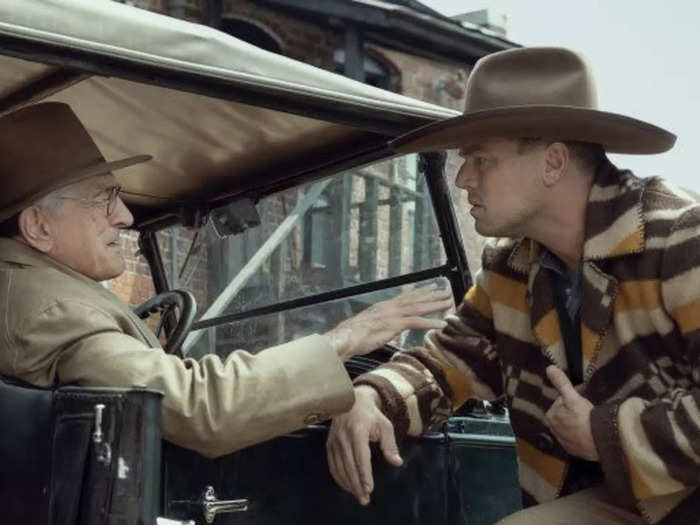
After Ernest messes up one of Hale's orders in the movie, he feels the old man's wrath when he's brought into a room and spanked with a giant paddle.
It's a shocking scene that comes out of nowhere. A major reason why it's so unexpected is because there's no mention of anyone being paddled in the book.
"I don't think that was in the first script, that was something that was added and it's shocking in the film," "Killers of the Flower Moon" cinematographer Rodrigo Prieto told Insider.
In the book, Ernest never had a meeting with the white townspeople after his first trial appearance.
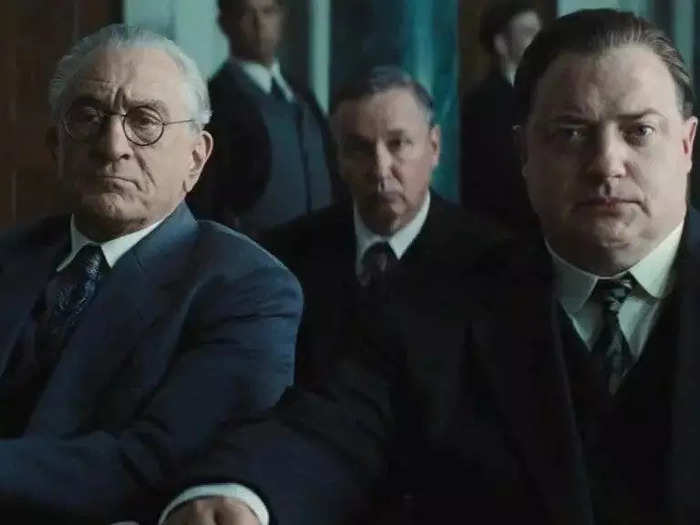
After the FBI got involved, they finally arrested Ernest and Hale for some of the murders.
After being interrogated by the FBI in the movie, Ernest agrees to turn on Hale and be a witness for the prosecution at trial.
But following theatrics in court by Hale's attorney W. S. Hamilton (played by Brendan Fraser) who claims Ernest is also his client who he hasn't been able to speak with yet, Ernest goes back home and is met by all of the people who are in on the murders, including Hale.
They all convince him that he has to stay with them and he will beat the case.
The book never depicts this meeting, However, in the book, Hale's attorney does the same theatrics in court shown in the movie.
The book states that, after a long chat in the judge's chambers, Ernest leaves the court with Hale's team.
The book also notes that "Hale personally buttonholed Burkhart in the courtroom" and that followed with Ernest leaving court "swept away by a mob of Hale's supporters."
Ernest and Hale never had a heated face-off in jail, as shown in the movie.
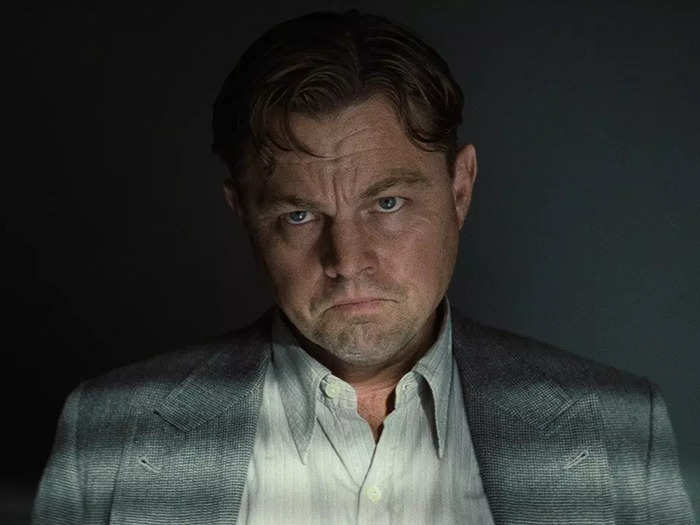
While sitting in prison, Ernest is told that his youngest child is dead.
He breaks down and cries while Hale tries to console him from another cell. This moment leads to Ernest telling Hale that he's done and is going to be a witness for the prosecution.
Though this is a very dramatic moment in the movie, it never happened in real life, according to the book.
In the book, Ernest and Hale never see each other during the trial, other than in court.
However, Ernest's child did die and it did lead to him flipping. But he switched sides by slipping a note in court to the prosecutor, which said he wanted to meet that night. They did, and Ernest told him: "I'm through lying… I don't want to go on with this trial any longer."
The movie doesn't touch on the idea that Hale was the father of Anna Brown's unborn baby.
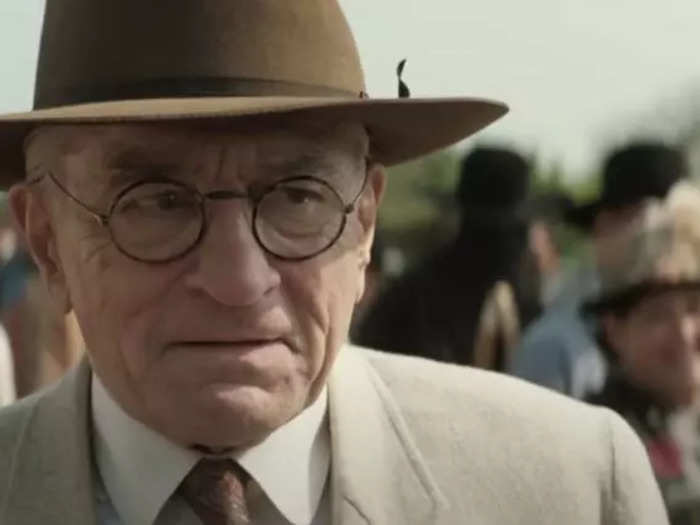
Though Grann surmises that there were a lot more Osage murders than the government reported, one that gets major focus in both the book and movie is that of Mollie's sister, Anna Brown.
It was by the order of Hale, but the movie doesn't include a chilling detail that's in the book.
The movie notes that Anna was pregnant when she died. However, the book mentions that when the FBI's lead agent on the investigation, Tom White (played by Jesse Plemons), got involved, he discovered that Hale and Anna were more than just acquaintances.
"White had discovered one more disturbing development," Grann wrote, "according to several people close to Anna Brown, Hale had an affair with Anna and was the father of her baby. If true, it meant that Hale had killed his own unborn child."
In the book, Ernest never admitted to knowing Mollie was being poisoned.
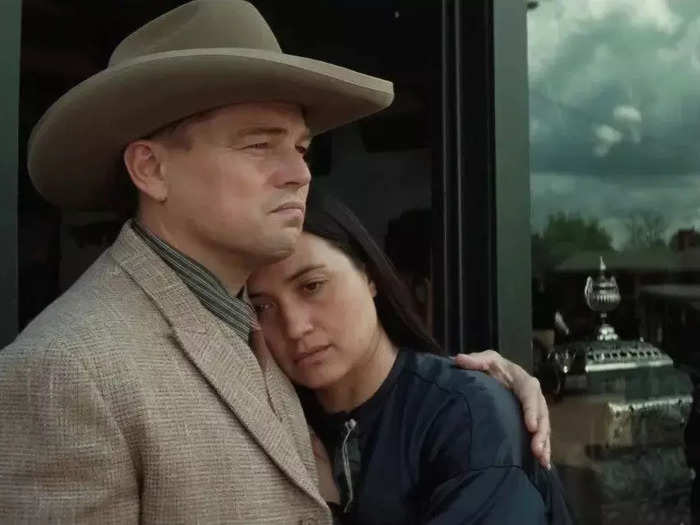
The book focuses heavily on the point of view of White's investigation of the murders. None of the happenings between the Burkharts and Hale in the movie are chronicled in the book.
So while it's evident Ernest is well aware Mollie is being poisoned in the movie, the book never goes there.
"Burkhart never admitted having any knowledge that Mollie was being poisoned," Grann wrote. "Perhaps this was the one sin he couldn't bear to admit. Or perhaps Hale had not trusted him to kill his own wife."
The book and movie endings are extremely different.
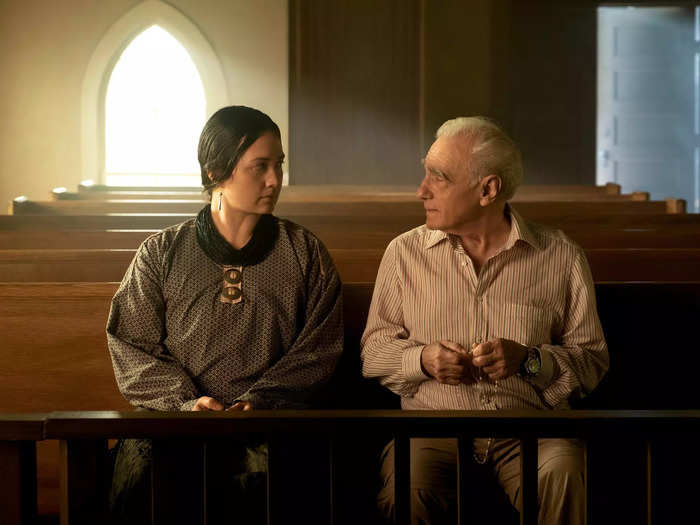
The most jarring difference in the movie versus the book is how director Martin Scorsese ends it.
Following the trial, the movie cuts to a studio audience watching a live performance being sent out through radio. They, too, had just heard the story of the Osage murders.
Actors are doing difference voices of the characters and a Foley artist is creating background sounds.
At this point in the story, we are being told what happened to all the characters in the aftermath. The very last one mentioned is Mollie. Scorsese comes on camera and reads a part of her obituary, noting that the Osage murders are never mentioned.
Grann ends the book by going back to the Osage Nation in the present day and speaking to family members of those affected. He finds people still coping with loss and discovers chilling new details never found in the FBI files he researched.
For example, a relative of Ernest's recalled that Mollie and her kids were supposed to be in Bill Smith's house the night of the deadly house explosion, which is a major moment in the book and movie.
Mollie and the kids were going to spend the night, but canceled last minute as one of the kids were ill.
Popular Right Now
Popular Keywords
Advertisement